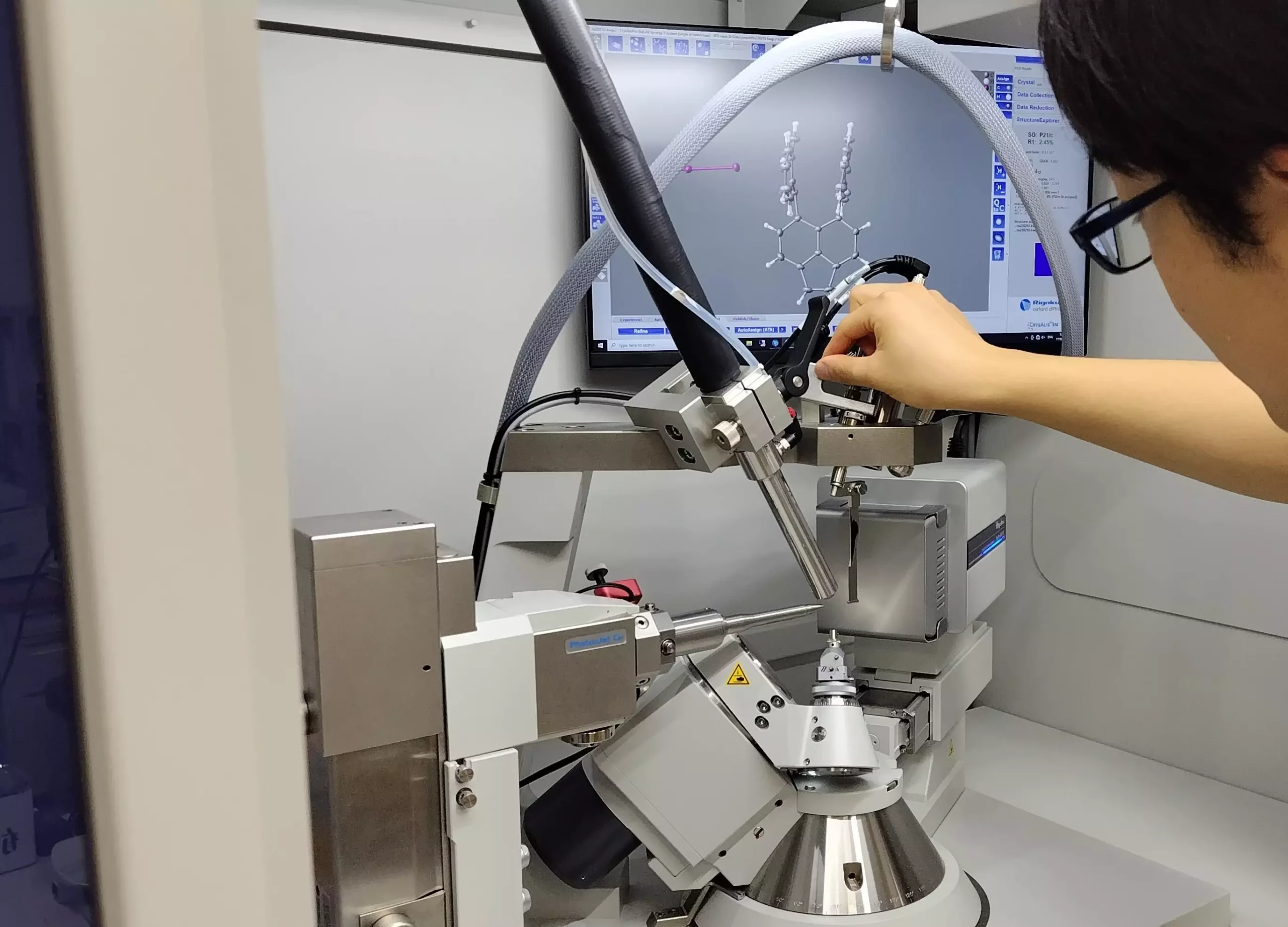Covalent bonds are integral to the architecture of organic chemistry, predominantly characterized by the sharing of electron pairs between atoms. These connections serve as the backbone of countless organic compounds, influencing their behavior, stability, and reactivity. The concept of covalent bonding has been a cornerstone in understanding molecular structures, yet the exploration of less conventional bonding scenarios, such as single-electron covalent bonds, has remained a complex frontier in chemistry.
Since the pioneering work of Linus Pauling in 1931, the potential existence of covalent bonds involving only one unpaired electron has intrigued researchers. Pauling’s assertion laid the groundwork for theoretical discussions surrounding the nature of atomic interactions. However, despite significant advancements in chemical theory, the pursuit of carbon or hydrogen atoms exhibiting single-electron bonds remained largely fruitless. This difficulty stemmed from both the inherent instability of such bonds compared to their double electron counterparts and the complexity of directly observing these interactions in practice.
A significant breakthrough has emerged from Hokkaido University, where a dedicated research team has successfully identified a compound that showcases a unique scenario: a stable covalent bond featuring a single electron shared between two carbon atoms. Their findings, recently published in the prestigious journal *Nature*, offer substantial evidence towards advancing our understanding of chemical bonding theories. Professor Yusuke Ishigaki, a co-author of the study, emphasizes the importance of comprehending single-electron sigma bonds, stating that such insights could revolutionize our grasp of chemical reactivity and bonding dynamics.
The research team achieved this remarkable discovery by manipulating a derivative of hexaphenylethane, a known compound rich in covalent bonds. By promoting an oxidation reaction in the presence of iodine, they succeeded in creating dark violet crystals of an iodine salt, which displayed unexpected structural properties. Employing X-ray diffraction analysis, the scientists observed a significant proximity between the carbon atoms, providing the first signal of potential single-electron bonds at play. This hypothesis was later corroborated through Raman spectroscopy, a sophisticated technique that offered deeper insights into the molecular vibrations within the crystals.
The identification of a stable single-electron covalent bond opens new avenues in the realm of chemical studies. According to Takuya Shimajiri, the lead author of the paper, these groundbreaking findings represent the inaugural experimental evidence for carbon-carbon single-electron covalent bonds. Such advancements not only deepen our comprehension of existing chemical theories but also herald potential breakthroughs in the synthesis of novel materials and molecules with unique properties. As the scientific community continues to delve into the intricacies of bonding, the tantalizing prospects of single-electron chemistry promise to reshape our understanding of molecular interactions in profound ways.
While covalent bonding has long been a foundational concept in chemistry, the recent discovery of single-electron covalent bonds is a testament to the ingenuity and perseverance within the scientific community. This breakthrough not only pushes the boundaries of theoretical chemistry but ignites curiosity for future research endeavors aimed at unraveling the complexities of molecular bonding.


Leave a Reply